It’s that time of year again. The kids are home from school and they’re bored. They’ve exhausted all of their toys, books, and games. What can you do to keep them occupied and out of your hair? One solution is to organize their toys in a living room. This task can seem daunting, but it doesn’t have to be. In this comprehensive guide, we will answer all of those questions and more! By following our tips, you will be able to create an organized and functional toy space in your living room that your kids will love!
Why do You Need to Organize Toys in a Living Room
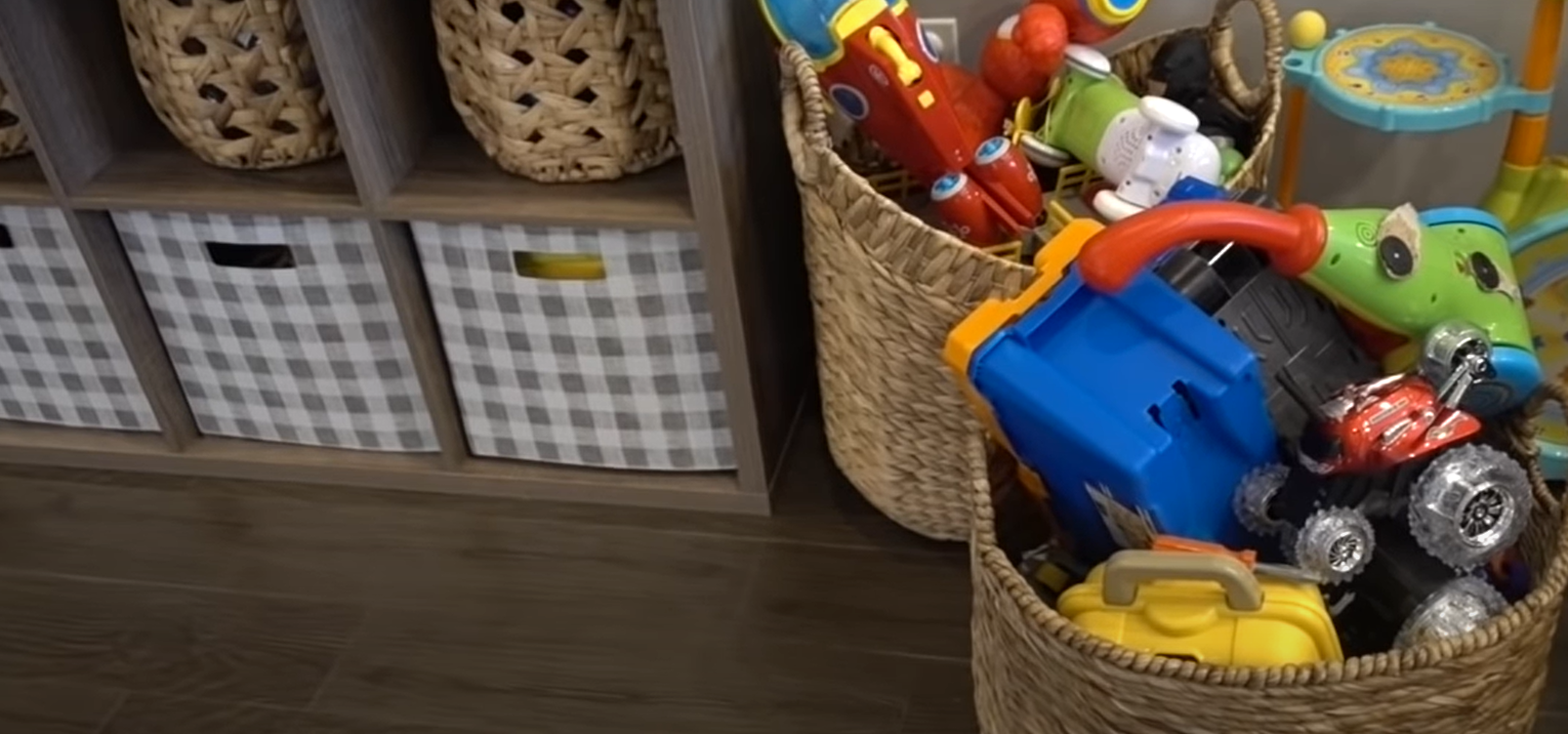
It’s no secret that kids come with a lot of stuff. And if you don’t have a designated playroom, chances are much of that stuff ends up in your living room. While it’s great to encourage little ones to use their imaginations in different parts of the house, let’s be real: A tidy living room is important too. If you’re struggling with how to organize toys in your living room, we’re here to help.
Organizing toys in a living room can help reduce visual clutter, make it easier to find and put away toys, and create a more pleasant and inviting space. There are several different ways to organize toys in a living room, and the best method will depend on the size of the room, the number of toys, and the age of the children.
General Tips for Organizing Toys in a Living Room
Before you get started, there are a few general tips to keep in mind that will make the process of organizing toys in a living room easier and more effective.
Make sure the toys are still accessible
One of the most important things to keep in mind when organizing toys in a living room is to make sure the toys are still accessible to the children. This means that they should be stored in a place where they can easily reach them and see them. If the toys are too high up or too far away, the children will likely not play with them as much and may even hurt themselves while trying to reach them.
Finally, it is important to consider the age of the children when organizing toys in a living room. Younger children will need simpler storage solutions that are easy for them to access and use. Older children will be able to handle more complex storage solutions and may even be able to help with the organization process.
Set the rules for children
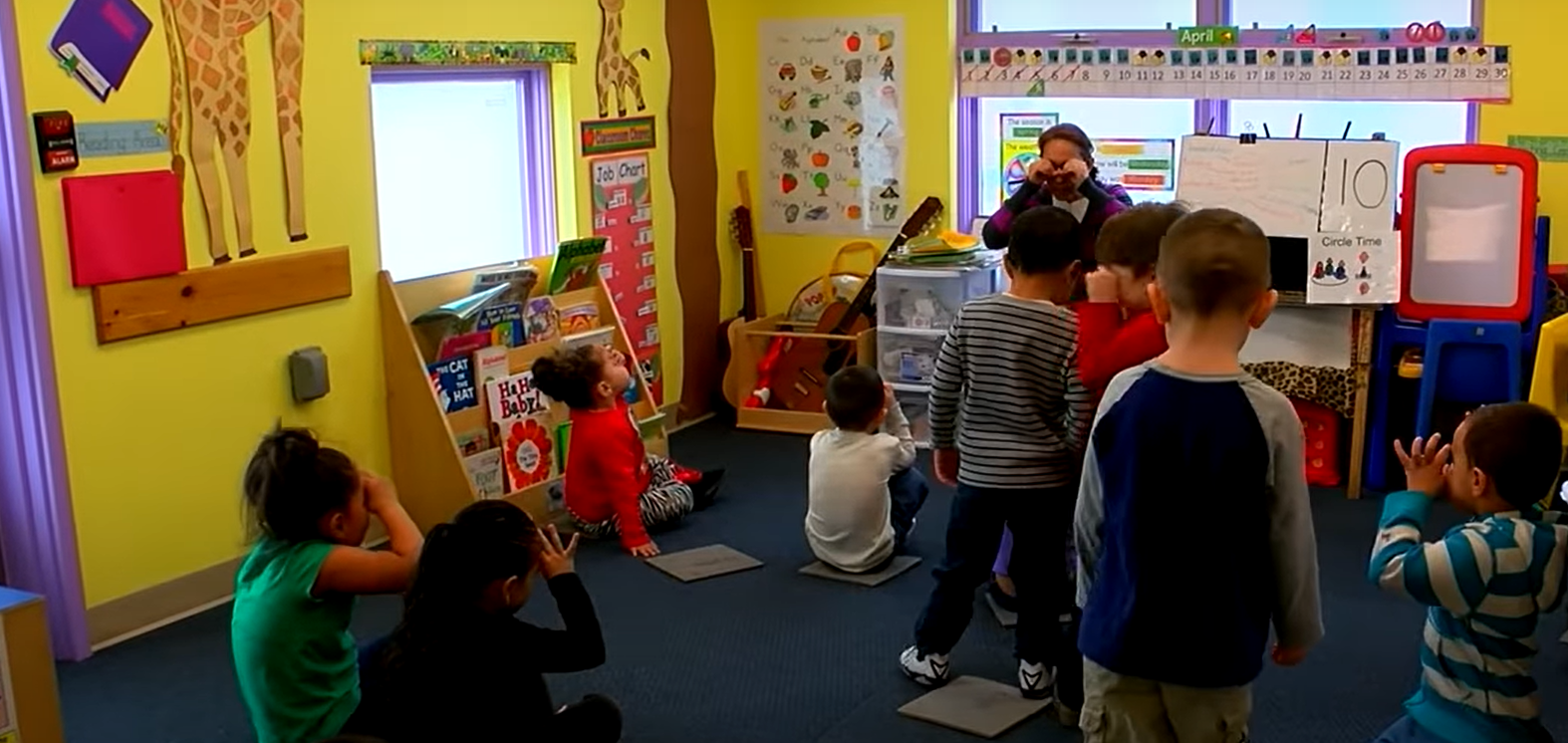
If you have young children, it is important to set some rules for them before you start organizing the toys in the living room. For example, you may want to tell them that they can only keep out a certain number of toys at a time or that they need to put away their toys before they can get new ones out. This will help prevent the living room from becoming overwhelmed with toys and will make it easier to keep the space organized.
Older children should also be given some guidelines for how to keep the living room organized. For example, you may want to assign each child a specific area of the living room for their toys or have them responsible for putting away all of their own toys. Teaching children how to keep the living room organized will make it easier for everyone in the family and will help keep the space looking neat and tidy.
Engage children in the process
It’s also important to involve the children in the process. This will help them understand why it’s important to keep the living room tidy and make it more likely that they will cooperate with the new system. You can involve them by asking for their input on how to organize the space or by having them help with the actual process of organizing the toys.
Get rid of broken toys
One of the best ways to reduce the amount of toys in a living room is to get rid of any that are broken. If a toy is broken, chances are that it will never be played with again and it’s taking up valuable space. The best way to deal with broken toys is to either throw them away or donate them to a local charity.
Give away unused toys
In addition to broken toys, there are likely many toys in the living room that are no longer being used. Maybe your children outgrew them or they simply lost interest in them. This can be a difficult task if you have sentimental attachment to the toys, but it will make a big difference in the amount of clutter in the room. These unused toys can take up a lot of space and make it difficult to find the ones that are being played with. If you have any unused toys, consider giving them away to a local charity or to a family with young children.
Create a safe corner for the toys
One of the simplest and most effective ways to organize toys in a living room is to create a safe corner for them. This can be done by using a baby gate or playpen to create a boundary around the area where the toys will be stored. This will help to keep the toys contained and prevent them from being scattered all over the room.
It is also important to make sure that any toy storage solutions you use are sturdy and well-made. This is especially important if you have young children who might try to climb on them or pull them over.
You should create a play corner away from any areas where there might be potential hazards, such as near a fireplace or in front of a window. [1], [2]
How to Store Toys in a Living Room
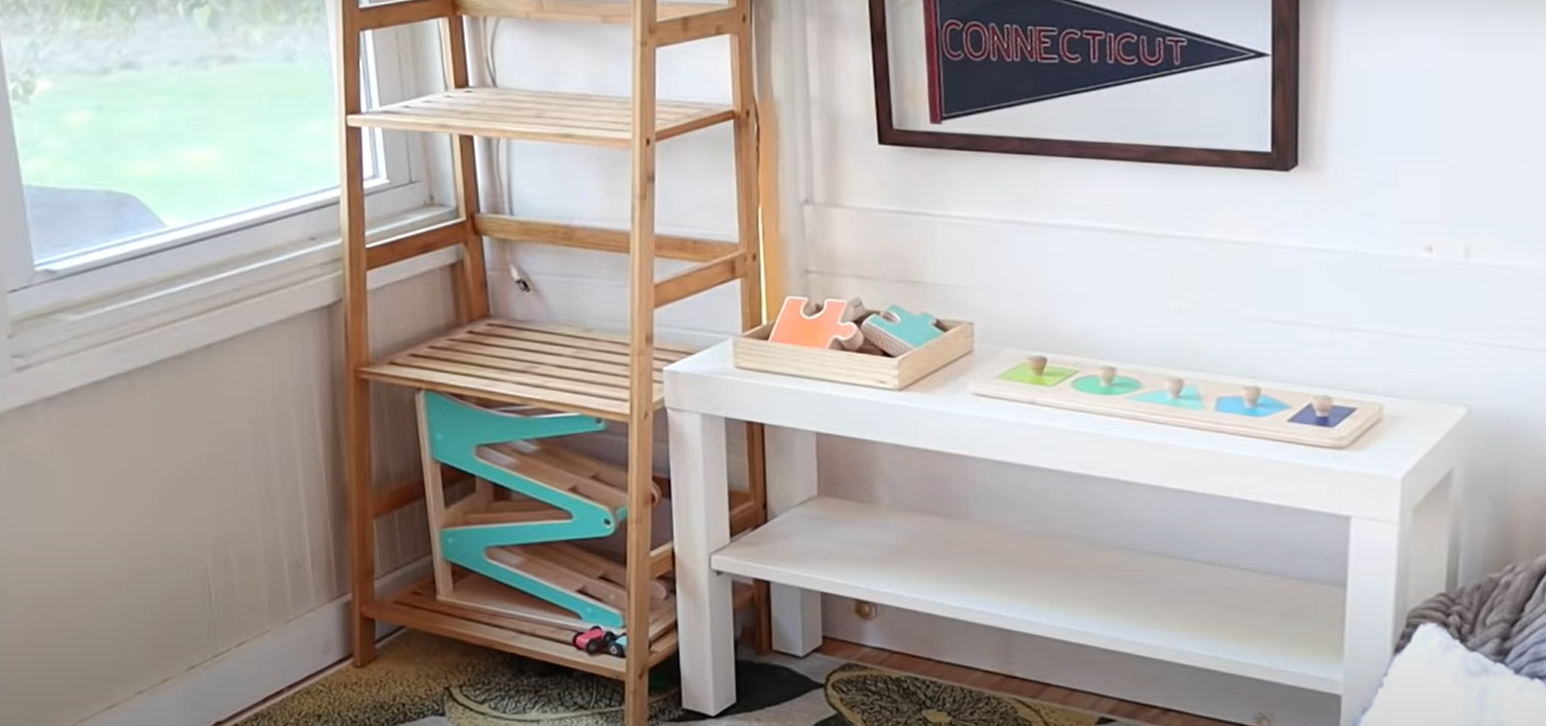
Now that you know the general tips to consider, you can start to think about how to store them. In this section, we will go over some of the different storage solutions that you can use to organize toys in a living room. There are a number of different storage solutions that can be used, and the best option will depend on the number and type of toys you have. [3], [4]
Utilize furniture that can be used as a storage unit and as a place to play
If you don’t have a lot of space, it’s important to be strategic about the furniture you choose. Look for pieces that can serve multiple purposes like this activity table with built-in storage bins. Not only is it a great place for your kids to do puzzles, color or play with their favorite toys, but it also provides a spot to store all those pieces when they’re not in use. And when it’s time to put everything away, simply lift up the top and everything has its place.
Another option is an ottoman with built-in storage. This is perfect for small spaces because you can use it as extra seating when guests come over or as a footrest when you’re relaxing on the couch. But when it’s time to clean up, just open up the top and toss in any toys that are lying around. [3], [4]
Group similar toys together
First thing you should absolutely do is to organize the toys in a way that makes sense to the children. This means storing them in groups that make it easy for the children to find what they are looking for. For example, all of the dolls should be stored together, all of the cars should be stored together, and all of the puzzles should be stored together. This will make it much easier for the children to find what they are looking for and put away their toys when they are finished playing with them. And it will make your living room look tidy too!
Another strategy is to create different areas in your living room for different activities. For example, you could designate a corner for reading, set up a small table and chairs for arts and crafts, or put together a makeshift stage for pretend play. By giving each activity its own space, you can avoid having toys spout all over the room. [3], [4]
Rotate the toy positions regularly
Even if you have the best toy storage system in the world, it won’t do you any good if the toys never get used. A great way to keep your living room looking tidy and encourage your children to play with a variety of their toys is to rotate them on a regular basis. For example, every few weeks you could switch out the dolls for the puzzles and vice versa. This will not only help to keep your living room looking neat, but it will also prevent your children from getting bored with their toys.
There are a few different ways you can rotate your child’s toys. One option is to simply put away half of their toys at a time and bring out the other half when they are finished playing with the first batch. Another option is to create a toy rotation schedule, where each week your child gets to play with a different selection of their toys. This is a great way to ensure that all of their toys get used and that your living room stays tidy. [3], [4]
Sort them by frequency of use
If you find that your child is only playing with a few of their toys on a regular basis, it might be time to sort them by frequency of use. This means putting the toys that they play with the most often in an easily accessible spot and storing the less frequently used toys out of reach. In addition, some toys may need to be put away more often than others. [3], [4]
Get a toy box
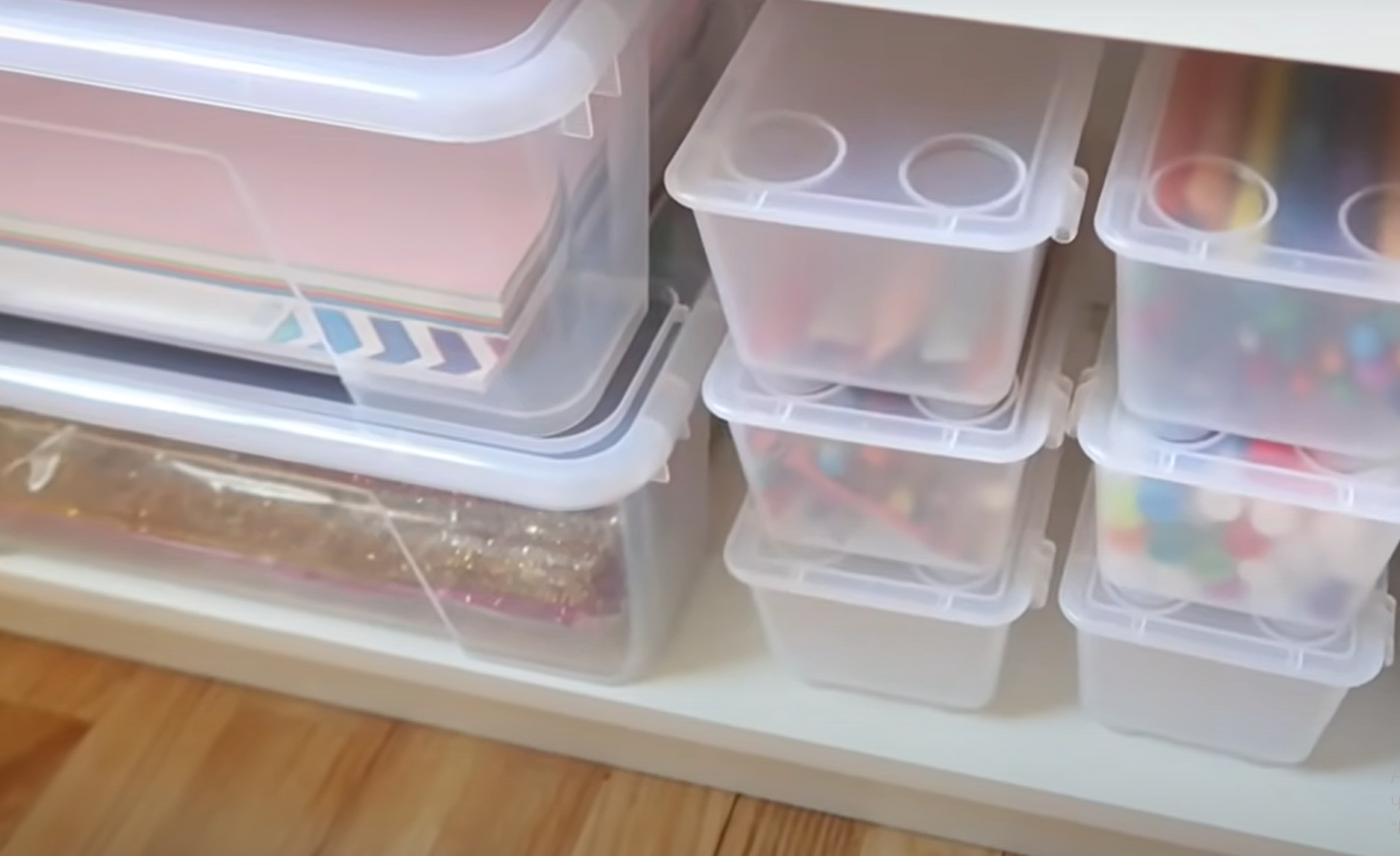
If you have a little more space to work with, consider adding a toy box or bookcase to your living room. This can either be a traditional wooden toy box or something more creative, like a large basket or trunk. If you have a lot of toys, you may even want to get two toy boxes so that you can store them in different areas of the room.
Toy boxes are great for keeping your living room tidy because they provide a designated spot for your child’s toys. Plus, they can be easily closed when not in use so that the toys are out of sight and out of mind. And if you get a toy box with a lid, it can also double as a seat or footrest! Just make sure the toy chest or bookcase is child-friendly so little ones can easily access whatever they’re looking for. [3], [4]
Install decorative swings for plush toys
This is a fun way to add some whimsy to the room and it’s also functional. Just screw hooks into the ceiling or use furniture that’s already in the room to attach swings and voila! You’ve got yourself a place to store stuffed animals that’s out of the way but still within reach.
Not only will this keep your little ones entertained, but it’ll help them learn how to put away their toys when they’re done playing with them. As an added bonus, it’ll also make it easier for you to vacuum or sweep the floor since there won’t be any stuffed animals in your way.
However, keep in mind that this storage option isn’t designed for bigger toys. If you’ve got larger items like ride-on toys, wagons or tricycles, they’ll be too heavy and could potentially damage the swings or the furniture they’re attached to. [3], [4]
Get storage bins for smaller toys
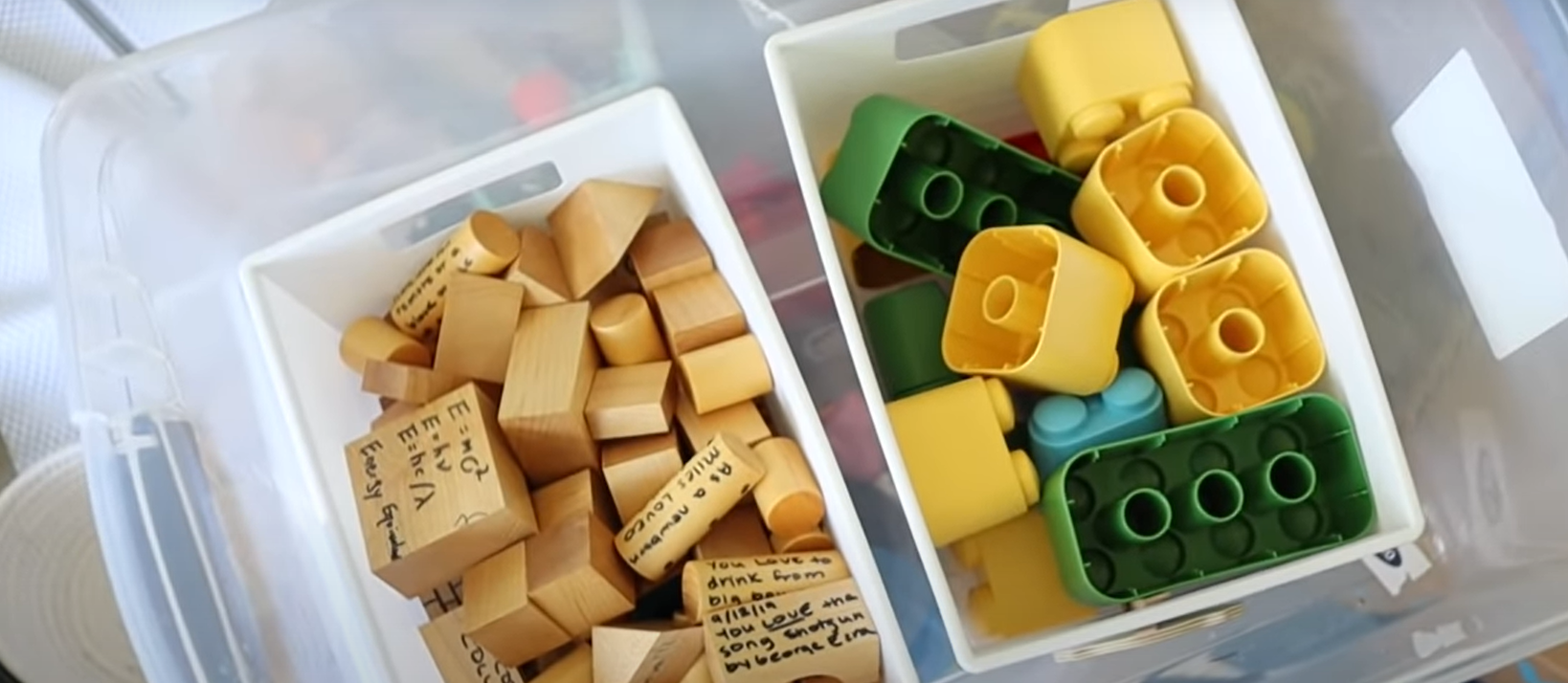
For smaller items like Hot Wheels cars or action figures, it’s helpful to have a designated storage bin. That way, when it’s time to tidy up, your little ones can easily see where everything goes. We love these colorful fabric storage bins because they’re lightweight and easy to move around. And since they come in a set of six or more, you’ll have plenty of space to store all those small toys. Plus, these particular storage bins are clear so your kids can easily see what’s inside. That means they can grab whatever they’re looking for without having to dump out the entire contents of the bin. And when the toy box is full, simply stack them on top of each other to maximize space.
Comparison of Toy Organization Methods in a Living Room
The following table compares various indicators for organizing toys in a living room. It provides an overview of different methods and their effectiveness in maintaining a tidy and functional space for both children and adults.
The table presents four different toy organization methods and compares them based on four key indicators: space utilization, accessibility, aesthetics, and ease of maintenance. Each method is assigned a rating on a scale of 1 to 5 for each indicator, with 5 being the highest rating.
| Organization Method | Space Utilization | Accessibility | Aesthetics | Ease of Maintenance |
|---|---|---|---|---|
| Open Toy Storage Shelves | 4 | 3 | 2 | 4 |
| Toy Bins or Baskets | 3 | 4 | 3 | 5 |
| Toy Chest or Trunk | 3 | 2 | 4 | 3 |
| Wall-Mounted Storage | 5 | 5 | 5 | 2 |
This table provides a quick comparison of different toy organization methods. Higher ratings indicate better performance for each indicator. It is important to consider your specific needs and preferences when choosing the most suitable method for organizing toys in your living room.
FAQ
What is the fastest way to organize toys?
The fastest way to organize toys is to first sort them into categories. Once you have sorted the toys into categories, you can then begin to declutter and donate any unwanted items. Finally, you can create a system for storing the remaining toys so that they are easy to find and put away.
How do you hide big toys in the living room?
There are a few ways you can go about hiding big toys in your living room. One way is to purchase a toy storage box or toy chest that can be kept in the corner of the room or against a wall. Another way is to use furniture to create hidden storage space for toys. For example, you can place a toy box under a coffee table or end table, or put baskets inside an ottoman. You can also use curtain rods and hooks to hang up large stuffed animals or other bulky toys. Whatever method you choose, make sure it’s one that will work with your particular living room layout and style.
How do you incorporate a playroom in the living room?
If you have the space in your living room, you can create a play area for your child by designating one corner of the room as their own. This can be done by simply putting up a partition or using a piece of furniture to section off the area. Then, fill the space with age-appropriate toys and storage solutions so that your child can easily access and put away their belongings.
Another option is to create a playroom in another room of your house, such as the basement or an unused bedroom. This way, you can still have a designated space for your child to play without sacrificing the aesthetic of your living room.
What are some effective strategies for organizing toys in a living room?
Organizing toys in a living room can be a challenge, but with the right strategies, you can create a clutter-free and inviting space. Here are some effective tips:
- Sort and categorize: Start by sorting toys into categories such as blocks, dolls, cars, puzzles, etc. This helps you see what you have and makes it easier to organize.
- Use storage bins or baskets: Invest in storage bins or baskets to store toys. Label each container with the category of toys it holds to make it easy for both children and adults to find and put away toys.
- Create dedicated storage spaces: Designate specific areas in the living room for toy storage. You can use shelves, cubbies, or toy chests to keep toys organized and accessible.
- Utilize furniture with built-in storage: Look for furniture pieces like ottomans, coffee tables, or TV stands that have hidden storage compartments. These can be great for storing small toys or art supplies.
- Rotate toys: To prevent overcrowding and maintain a sense of novelty, consider rotating toys every few weeks. Store some toys out of sight and bring them out later to keep the play experience fresh.
How can I make organizing toys a fun and engaging activity for children?
Getting children involved in organizing their toys can make the process more enjoyable and teach them valuable skills. Here’s how to make it fun:
- Turn it into a game: Make organizing toys a game by setting a timer and challenging your child to clean up as quickly as possible. You can also create a sorting game where they match toys to specific categories.
- Offer incentives: Provide small rewards or incentives for completing the task, such as stickers or extra playtime. This can motivate children to actively participate in the organization process.
- Use colorful storage solutions: Choose storage bins or baskets in vibrant colors or with fun patterns that appeal to children. This can make organizing toys more visually appealing and engaging for them.
- Make it a routine: Establish a regular cleanup routine after playtime or before bedtime. Consistency helps children understand the importance of organization and makes it a natural part of their daily routine.
How can I maximize storage space in a small living room while organizing toys?
When dealing with a small living room, efficient use of space becomes crucial. Here are some tips to maximize storage:
- Utilize vertical space: Install wall shelves or floating shelves to take advantage of vertical space. This allows you to store toys without taking up valuable floor space.
- Opt for multi-functional furniture: Choose furniture pieces that serve multiple purposes, such as ottomans with hidden storage or a coffee table with drawers. These can provide extra storage options without adding clutter.
- Consider under furniture storage: If your living room has furniture with raised legs, consider using storage containers or bins that can slide underneath. This way, you can store toys out of sight while maximizing the available space.
- Use storage solutions with adjustable compartments: Look for storage solutions like modular shelving units or bins with adjustable dividers. This allows you to customize the space according to the size and number of toys you need to organize.
How can I maintain an organized living room when children frequently play with toys?
Maintaining an organized living room with active children requires ongoing effort and strategies. Here’s how to keep things tidy:
- Establish a cleanup routine: Teach your children to clean up after playing with toys and make it part of their routine. Set specific times, such as before mealtime or bedtime, to tidy up the living room together.
- Teach organization skills: Show your children how to sort and organize their toys. Help them understand the importance of keeping things in order and guide them in putting toys back in their designated places.
- Encourage one activity at a time: Encourage your children to focus on one activity or toy at a time. This reduces the chances of toys being scattered all over the living room and makes cleanup easier.
- Regular decluttering: Periodically go through the toys and remove any broken or unused items. Donate or discard toys that are no longer played with to prevent excessive clutter.
- Lead by example: Set a good example by keeping your own belongings organized. Children often mimic their parents’ behavior, so if they see you valuing organization, they are more likely to follow suit.
Useful Video: *How to Organize Toys in the Living Room*
Conclusion
Organizing toys in your living room is important not only to keep your place tidy but also to teach your kids how to clean up after themselves. Luckily, there are a lot of storage options available to make this task easier. Toy box is probably the most popular solution but if you have a lot of toys, consider getting a toy chest or toy bin. You can also use baskets, buckets, and crates to store your kids’ toys. And of course you shouldn’t forget to deal with unused or broken toys. Get rid of them by donating, selling, or recycling them. Organizing your living room doesn’t have to be a daunting task. With a little bit of planning and effort, you can easily get your place organized and keep it that way. Just make sure to establish some rules for your kids and teach them how to properly take care of their toys. Thanks for reading!
References
- https://thissimplifiedhome.com/organizing-toys-in-the-living-room/
- https://organisemyhouse.com/storage-kids-toys-living-room/
- https://www.realhomes.com/advice/how-to-organize-toys
- https://www.nurserydesignstudio.com/2022/04/29/30-brilliant-ways-to-store-toys-in-the-living-room/

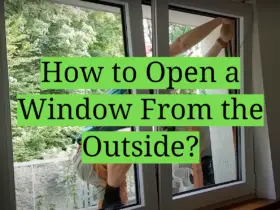
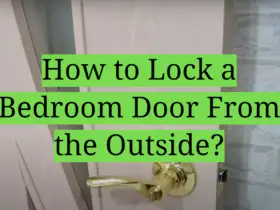
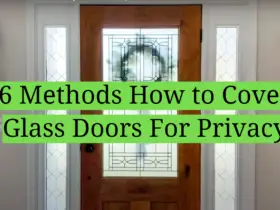
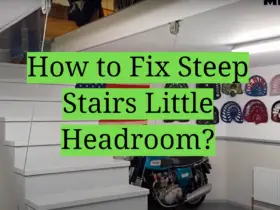
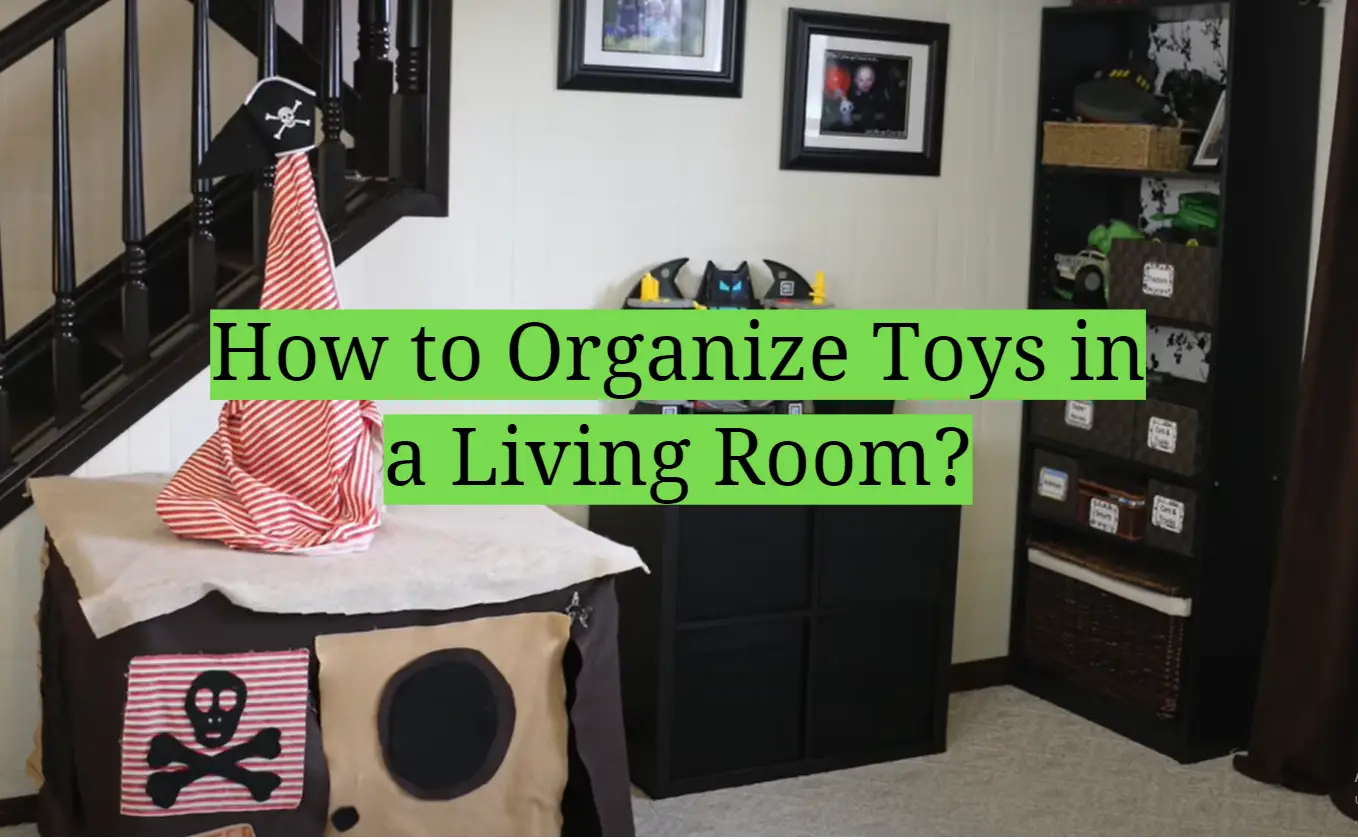
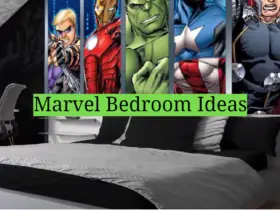

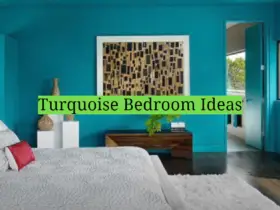
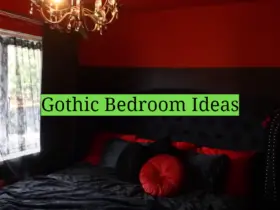
Leave a Reply